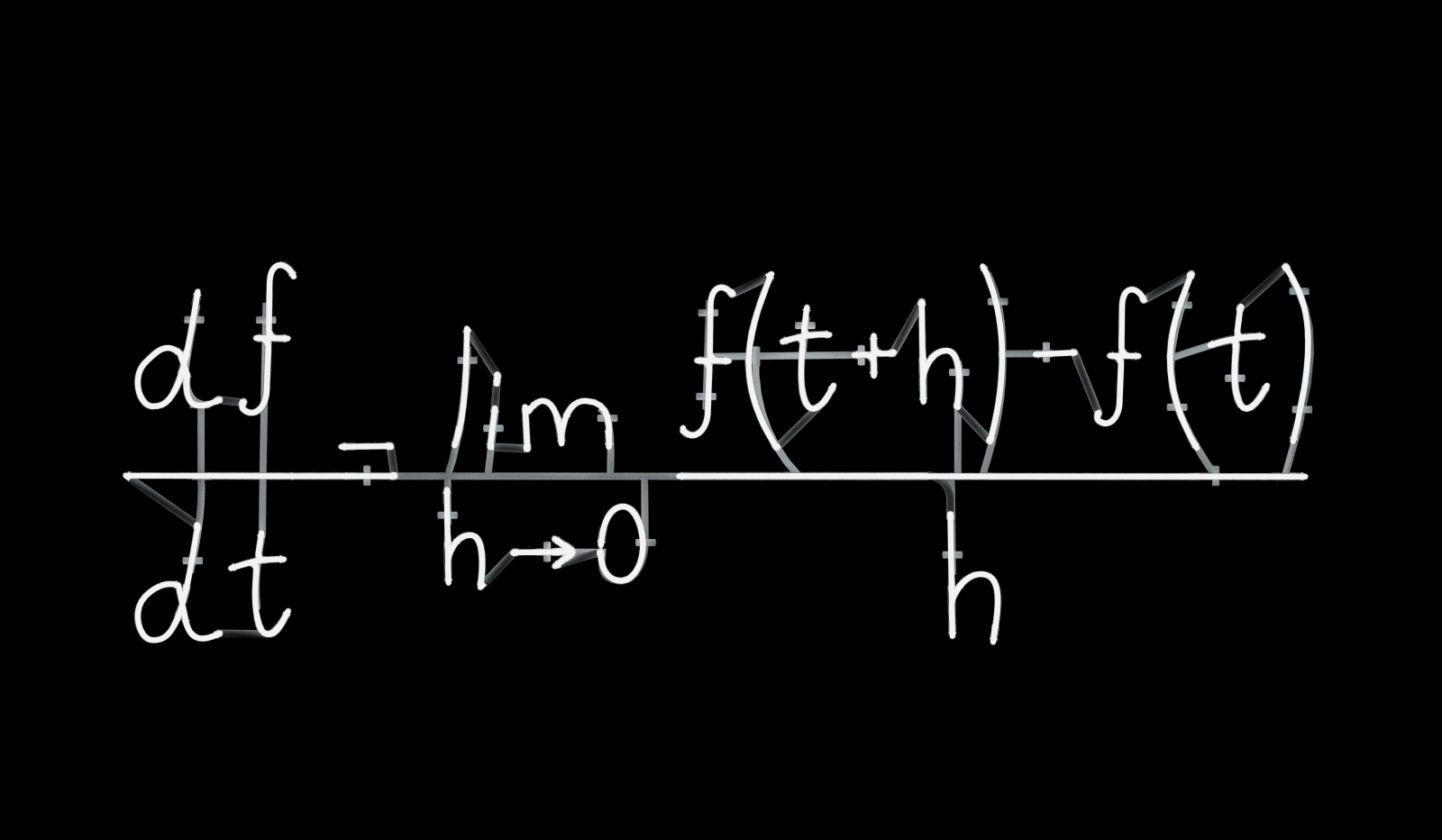Andrea Galvani Italy, b. 1973
Calculus was invented by Isaac Newton (1643-1727) and Gottfried Wilhelm Leibniz (1646-1716) independently and more or less simultaneously in the 1670s. Whereas Leibniz’s approach was more formal and algebraic, Newton had a physical model in mind. He used calculus to formulate his laws of motion, leading to deep and general physical principles, such as the conservation laws, and fundamental concepts like energy and momentum. With calculus, Newton revealed that the Universe has secret patterns, the laws of nature, and provided mathematical tools to express those laws precisely and to deduce their consequences.
It is nearly impossible to list all of the ways calculus can be applied. It allows us to find the lengths of curves, areas of surfaces and complicated shapes, volumes of solids, minimum and maximum values, and centers of mass. Calculus tells us how to work out the trajectory of a spaceship, the stresses in a subduction zone that might produce an earthquake, the way a building will vibrate if an earthquake hits, the response of a suspension bridge to wind, the time it takes a bacterial infection to spread, the way a surgical wound heals. More than any other mathematical technique, it has created the world we know today.
